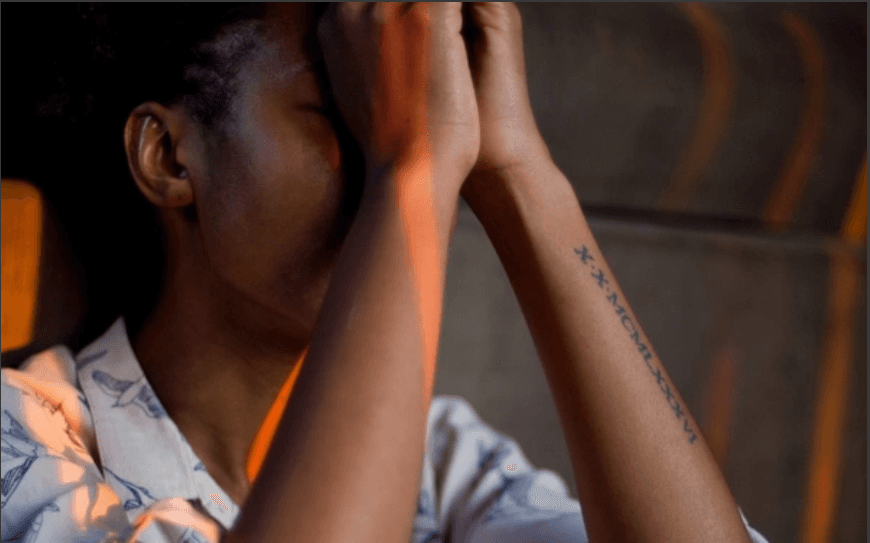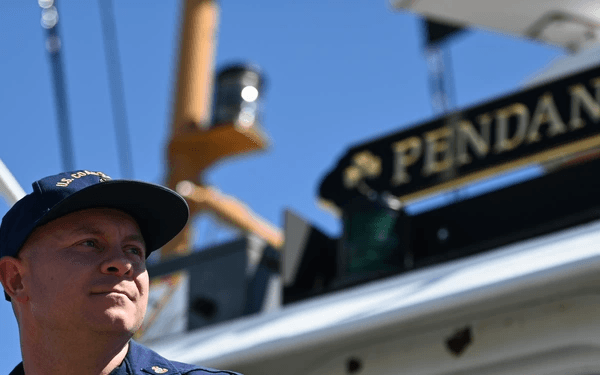Commentary
The following article describes K.C. Aud’s first day in the shoot house at ME A-School at the Federal Law Enforcement Training Center (FLETC) written after passing his team’s lethal use of force drills. [Editor’s note: ME A-School, or Maritime Enforcement Specialist “A” School, trains Coast Guard personnel to provide security and law enforcement support for U.S. Coast Guard missions.]




